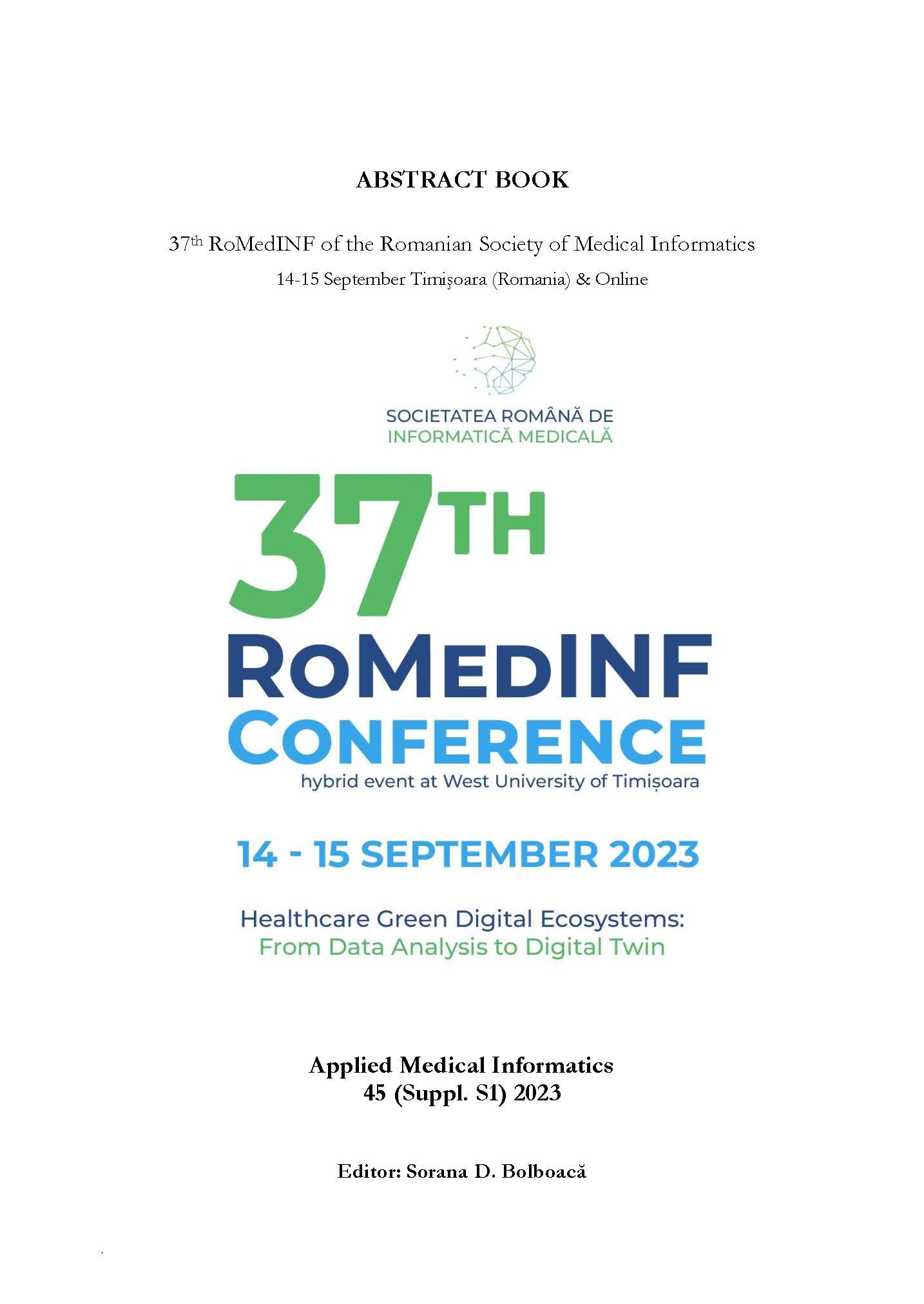Immunoinformatics-Driven Design of an HPV-16 and -18 Synthetic Long Peptide Vaccine
Keywords:
Human papillomavirus, Cervical cancer, Therapeutic vaccine, Molecular modelling, in silico, Synthetic long peptidesAbstract
Background and Aim: Human papillomavirus types 16 and 18 cause most cervical cancers worldwide. Existing VLP-based vaccines are unable to eliminate ongoing highly oncogenic infections. This study suggests an SLP-based vaccine for already infected patients, even with precancerous lesions. Methods: HPV16/18 E6 and E7 proteins' potent HLA class I and class II-restricted epitopes were extracted from IEDB or predicted by ANNs (IC50 < 50 nM, percentile rank < 2%). Population coverage was assessed via HLA-SLP interactions. SLP constructs, containing specific epitopes linked by cleavable peptides (LMRK, LLSVGG), underwent rigorous screening for allergenicity, toxicity, physicochemical parameters, antigenicity, and diversity. 3D structure prediction employed homology and ab initio modeling and was validated via QMEAN4 score and Ramachandran plots. Molecular docking (HADDOCK-2.4) evaluated SLP-TLR2 interactions. MD studies (GROMACS-2023.1) investigated SLP behavior in an electroneutral aqueous environment (300 K, 1 atm, 100 ns) via RMSD, RMSF, SASA, and Rgyr dynamics. Results: 28 class I and 16 class II-restricted epitopes had an IC50 < 50 nM and provided population coverages of 98.18% (class I) and 99.81% (class II). The selected 25 SLPs expressed a mean 1.5×10−2 toxicity score, no allergenic properties, a mean instability index of 37.61, and a mean VaxiJen score of 0.97. The QMEAN4 score ([0.665;0.813]), with >90% of the residues in the most favorable regions reflect good quality 3D structures. Molecular docking studies provided a ΔG of −13.20±1.42 kcal/mol, and an average Kd of 3.5×10−9 M. MD simulations reflect favorable thermodynamic properties, based on mild RMSD ([0.1;0.87] nm), RMSF, SASA (49.37±1.54 nm2) and Rgyr ([1.15;1.34]) fluctuations over the 100-ns simulations. Conclusions: 25 in silico-designed SLPs stimulate both innate and adaptive immunity, with little to no toxic or allergenic effects. The presented vaccination platform could exert both a therapeutic (by tumor cell clearance) and a prophylactic effect (by eradicating E6 and E7+ premalignant cells).
Downloads
Published
How to Cite
Issue
Section
License
Copyright (c) 2023 Alexandru TÎRZIU, Leonard MADA, Corina VERNIC, Virgil PĂUNESCU

All papers published in Applied Medical Informatics are licensed under a Creative Commons Attribution (CC BY 4.0) International License.

